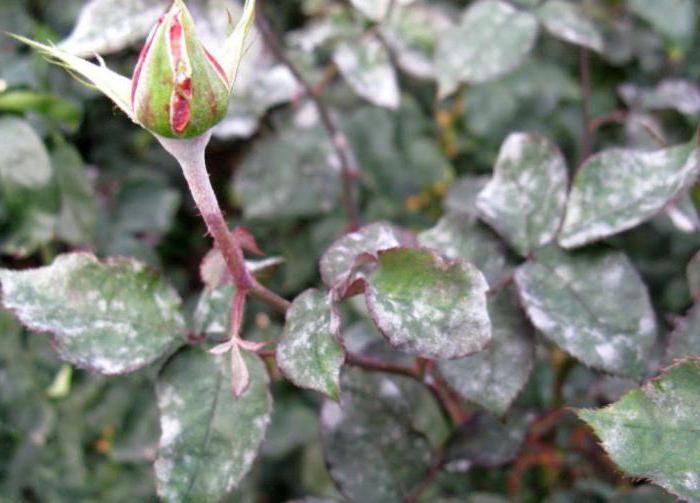 Gray rot is a fungal disease caused by the action of a pathogen from the genus Botrytis cinerea. The peculiarity of the infection is that it affects only weakened areas of rose bushes that have mechanical damage.
Gray rot is a fungal disease caused by the action of a pathogen from the genus Botrytis cinerea. The peculiarity of the infection is that it affects only weakened areas of rose bushes that have mechanical damage.
Content
A few words about gray rot
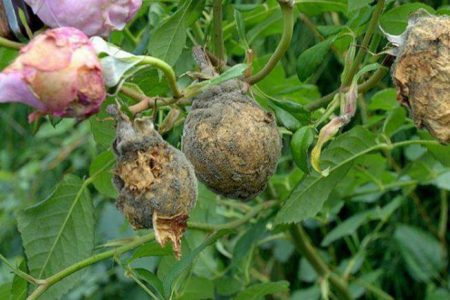 It may seem that gray rot appears from nowhere, like thunder from a clear sky. In fact, the fungus is always next to flowering shrubs, it gets to them through the remains of grass and cultivated plants, the pathogen also accumulates on the soil surface in the form of sclerotia or mycelium. As soon as favorable conditions arise for him, he immediately activates, absorbing the plants one after another.
It may seem that gray rot appears from nowhere, like thunder from a clear sky. In fact, the fungus is always next to flowering shrubs, it gets to them through the remains of grass and cultivated plants, the pathogen also accumulates on the soil surface in the form of sclerotia or mycelium. As soon as favorable conditions arise for him, he immediately activates, absorbing the plants one after another.
Gray rot is a disease not only of roses, but also of other flowers, as well as garden crops. More than 200 species of plants are susceptible to this infection.
The parasitic pathogen first affects the upper part of the plants, descending gradually down. The fungus gets on the flowers with the help of wind, rainfall, insects and birds. Flowers begin to rot with high humidity and cool weather. Gray rot develops especially rapidly with strong morning dew, temperature drops, fogs and excessive irrigation by sprinkling. Even in winter, roses can become infected with this disease: ventilation is most often disturbed under the shelter, and during the thaw, condensation forms inside, the degree rises, it becomes too wet - that is what the fungus needs for rapid reproduction. Immediately in different areas of rose bushes, fluffy mushrooms of light gray color begin to grow. If the infection began its procession along the plant, then it will not survive until spring - the disease will affect the entire bush, right up to the root neck.
Causes of the disease
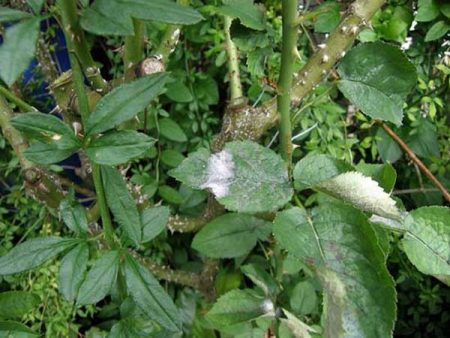 There can be many reasons for activating a pathogen; most of them are associated with disturbances in agricultural technology. Climatic conditions also naturally influence - the fungus massively affects plants in cool, wet summers.
There can be many reasons for activating a pathogen; most of them are associated with disturbances in agricultural technology. Climatic conditions also naturally influence - the fungus massively affects plants in cool, wet summers.
An infection appears when:
- air humidity is exceeded (more than 70%), the average daily temperature is within + 20-23 degrees. Such a climate is the ideal habitat of a rapidly propagating fungal colony;
Below +3 degrees and above +30 degrees the fungus does not die, but stops its development until better times.
- roses are planted too densely. If the bushes are too close to each other (leaves of neighboring plants are in contact), they are poorly ventilated, air and moisture stagnate. In more often condensate accumulates, which is “on hand” to the fungus;
- there are not enough nutrients in the soil. Due to the shortage of chemical elements necessary for the full development of plants, the immunity of roses weakens. Plants cannot fight the pathogen;
- plants are damaged. Due to low-quality pruning, slices do not have prolonged wounds, through which not only infections, but also various pests penetrate the plants.
Often the cause of the appearance of the fungus is an excess of nitrogen in the soil.
Symptoms
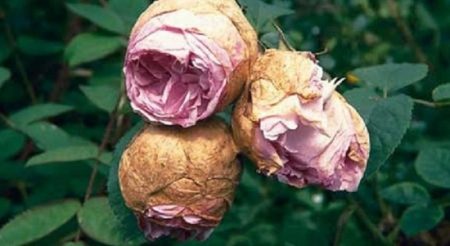 Due to the excessive moisture in the roses, the ends of the stems and leaves, buds and pedicels are damaged. It is in these places that mold first forms. At the edges of the leaves, slightly indented dark spots appear, which quickly grow, spreading throughout the leaf plate. The same picture is observed on young stems and inflorescences. Painful foci are covered with "shaggy" light coating - mushroom sprouts.Then, having dried up, black rounded bodies - sclerotia - begin to form in the moldy areas. Affected stems and leaves dry and crumble.
Due to the excessive moisture in the roses, the ends of the stems and leaves, buds and pedicels are damaged. It is in these places that mold first forms. At the edges of the leaves, slightly indented dark spots appear, which quickly grow, spreading throughout the leaf plate. The same picture is observed on young stems and inflorescences. Painful foci are covered with "shaggy" light coating - mushroom sprouts.Then, having dried up, black rounded bodies - sclerotia - begin to form in the moldy areas. Affected stems and leaves dry and crumble.
As soon as the most vulnerable organs of the plant are attacked, previously healthy areas will begin to suffer. The buds die before they open. The mycelium covers them completely, mummifying. If already opened flowers were struck by rot, then on the petals you can see a lot of whitish small spots that darken over time, forming a mycelium. The flower pretty quickly completely covered with an ugly coating, while the leaves turn yellow, shrink and rot.
It is believed that white and pink types of roses most often suffer.
How to cure a disease
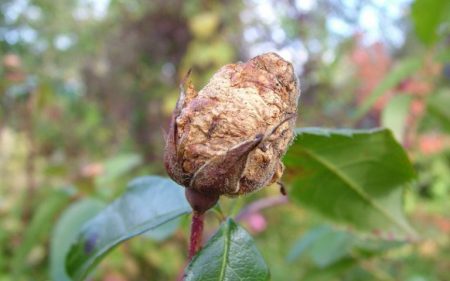 If the infection was noticed on time, then there is every chance to save the roses from complete destruction. It is important to cut out all damaged areas and get rid of them, as well as create a dry, warm climate for plants. To do this, watering is completely removed for a while, for better aeration, the earth is loosened.
If the infection was noticed on time, then there is every chance to save the roses from complete destruction. It is important to cut out all damaged areas and get rid of them, as well as create a dry, warm climate for plants. To do this, watering is completely removed for a while, for better aeration, the earth is loosened.
A good help in the fight against gray rot are biological agents that do not pose a danger to plants and humans, but at the same time they protect roses quite well from pathogens. Basically, they are used as prophylaxis and in the initial stage of the disease.
Commonly used remedies:
- Fitosporin - belongs to the group of systemic fungicides. The active substance of this product is beneficial bacteria, which, penetrating into the plant, adversely affect the pathogenic fungus. For the treatment of roses, 1.5 grams of the substance is used. Treatment is carried out once every two weeks.
- PhytoDoctor - the hay bacillus which is a part has a detrimental effect on many types of fungi. The tool is used mainly as a prophylaxis. For the treatment of roses, 20 grams of the composition per 10 liters of water is usually taken.
- Trichophyte is a concentrate containing a mixture of Trichoderma mushrooms. An analogue of the preparations trichodermin and phytosporin. For garden crops, 200 grams of the drug are used, which are bred in a bucket of water. Processing is carried out 2-3 times every 10 days.
- Fundazole - the main active ingredient of benomyl prevents the growth of the fungus. It is very effective at the first signs of the disease - foundationazole in several applications can completely cure the plant. To spray flowering shrubs, 1 gram of powder is stirred in a small amount of water, and then the concentrate is diluted with another liter of water. The procedure is carried out 3-4 times until the bush is completely healed.
- Planriz is a biological product based on soil bacteria. The bacteria Pseudomonas fluorescens, which form the basis of the drug, inhibit the development of pathogenic microorganisms that cause the development of many diseases. Processing of roses during the growing season is carried out with a 0.5% solution of the drug every 12-14 days.
- Mikosan - active substance - extract from fungus-tinder fungus. Penetrating into the soft tissues of plants, beneficial microorganisms activate the growth of enzymes that destroy the pathogen. For garden flowers, you will need to prepare a solution of 100 milliliters of a medicinal product and 3-4 liters of water.
Spraying with these drugs can be carried out repeatedly, with an interval of 7-9 days until the white coating appears completely disappears.
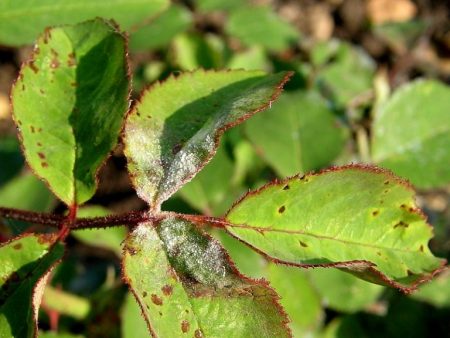
Biological preparations are used only in warm weather. At temperatures below +10 degrees, their effect is neutralized.
Chemicals are connected only when biological products have failed. Most often, summer residents use:
- Teldor is a broad-spectrum drug. To process the flower garden, a solution of 8 grams of Teldor and 10 liters of water is prepared. Spraying is carried out three times per season, with an interval of 1.5-2 weeks.
- The switch is a two-component preparation (in the composition of cyprodinil - 37%; fludioxonil - 25%), has an inhibitory effect on the mycelium of the fungus. The solution is prepared from 2 grams of the product and 10 liters of water. It is permissible to carry out two treatments in a season.
- Hom - copper chloride affects the microorganism, disrupting its vital activity and neutralizing it. 30 grams of crystalline powder is bred in a bucket of water. Spraying is carried out before and after flowering.
- Chorus is a modern pesticide aimed at combating fungal diseases. The substance cyprodinil inhibits the biosynthesis of the pathogen, disrupting its life cycle. To process one hundred square meters of plants, a solution of 3 grams of fungicide and 10 liters of water is prepared. The drug can be combined with other chemicals.
- Kurzat is a highly effective contact fungicide. It has a quick and lasting effect. Depending on the degree of the course of the disease, for the preparation of the solution you need from 30 to 60 grams of powder, which must be diluted with 10 liters of water. During the summer, you can spend up to four treatments of roses.
Additionally, with medical solutions, you can shed the soil under the bushes before shelter for the winter, as well as in the spring, after the liberation of the bushes. Simultaneously with the supply of fungicides to the plants, the bushes should be treated with a silicon-containing preparation “Siliplant” (for planned treatment, you need 50 milliliters of the preparation per 1000 liters of water. To protect plants from fungus and pests, the concentration can be increased to 300 milliliters per 1000 liters).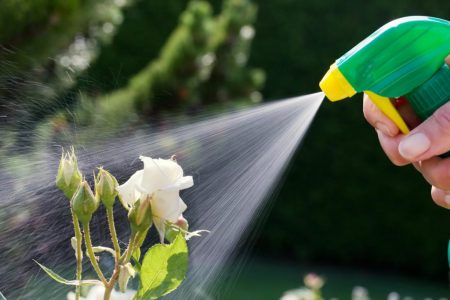
If a fungal disease is caused by phosphorus, potassium, boric starvation, then the bushes are treated with complex compounds of nutrients. First, diseased areas are cut off from the plants, and the remaining shoots and buds are sprayed with one of these universal fertilizers:
- agricola aqua - for flowering plants, it is necessary to prepare a solution of 5 milliliters and 2 liters of water. Roses are treated once every 14 days;
- mikrovit standard t - spray the affected rose bushes with an interval of 12-14 days with a working composition of 1 milliliter of fertilizer mixed with 10 liters of water;
- fertika flower crystal - once in 7 days they are sprayed with a wide spectrum of action. To prepare a healthy solution, 10 grams of the drug is diluted in a bucket of water.
In parallel, organic and mineral compounds are introduced into the soil. You can use both universal and specialized ones, for example, Omu for roses.
Of the traditional means, Bordeaux liquid is still popular - a 1% solution is used to spray highly affected bushes every two weeks.
In order to avoid the appearance of fungal infections on roses, gardeners recommend using an ash-water solution (300 grams of ash per 10 liters of water).
Milk whey solution protects the rose bushes quite well (1 liter of dairy product per 10 liters of water). After spraying, a film forms, which prevents the penetration of the fungus into the plant.
Preventive measures
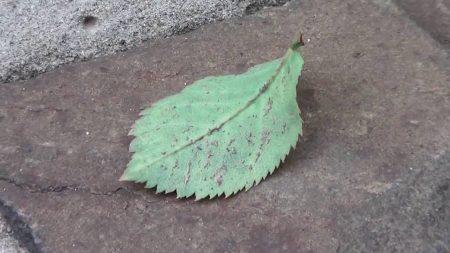 Unfortunately, it is impossible to completely get rid of the causative agent of the infection, but it is quite realistic to create conditions that will inhibit the growth of the fungus. Prevention must be done continuously throughout the year.
Unfortunately, it is impossible to completely get rid of the causative agent of the infection, but it is quite realistic to create conditions that will inhibit the growth of the fungus. Prevention must be done continuously throughout the year.
In the spring, as soon as the snow melts, it is necessary to clean the rosary of plant debris, old foliage, since they are often the carriers of all kinds of infections.
Before the plants enter the vegetation stage, it is necessary to carry out sanitary pruning, removing all damaged areas. Sections must be lubricated with garden varieties or crushed charcoal.
For prophylaxis, plants must be treated with copper sulfate or Bordeaux liquid. The first treatment occurs in mid-April. Then the procedure can be performed in late May and mid-July.
During the winter, most of the nutrients are washed out of the soil, so the first top dressing should be applied in early spring with a complex mineral fertilizer.Ammophos, azofoska are suitable for this purpose. From organics, rotted manure is used. Useful fertilizer is prepared in this way: 10 kilograms of manure is poured with water and allowed to infuse for 10 days. Ready solution fertilize the areas under the bushes. It will not be superfluous to “cover” humus with roses before wintering.
In autumn, the soil in the flower garden must be thoroughly cleaned of plant debris, the soil should be loosened, phosphate-potassium fertilizers should be added in order to better winter the roses.
The basics for the normal functioning of roses:
- Often roses get sick due to a dysfunctional neighborhood. It is known that grapes, strawberries, pumpkins, fruit and berry bushes suffer from the same diseases as flowers. In order to avoid getting fungus on roses, they are planted away from such crops.
- Rot appear in thickened plantings. Therefore, do not place bushes too close to each other. The optimal distance is 50-60 centimeters.
- The appearance of mold on roses can provoke watering in the late evening. The foliage does not have time to dry out, the pathogen is activated, and the process of decay begins. Therefore, it is more rational to carry out irrigation in the early morning or afternoon. Pour water under the root without affecting the green parts of the plant. Do not allow moisture to accumulate at the base of the bush.
- To maintain immunity in roses, they must be regularly treated with harmless to humans, but fatal to fungi, traditional means: soap-soda solution, potassium permanganate, garlic infusion, slurry.
- It should be remembered that any plant will develop healthy and strong only in nutrient soil, therefore it is necessary to correctly fertilize, depending on the need for flowers at a particular vegetative stage. So in the spring roses need nitrogen, in the summer potassium, and in the fall phosphorus.
- Winter shelter should be warm, but at the same time let in fresh air. Only with good ventilation can roses survive the winter-spring temperature drops.
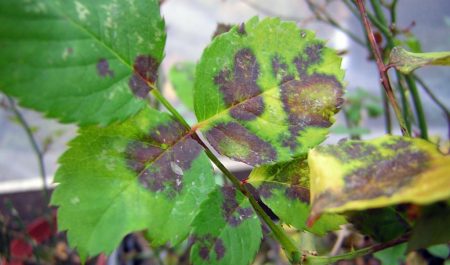
It is advisable to plant roses in close proximity to calendula, marigolds, mustard, nasturtium. These plants secrete volatile - substances that inhibit the viability of fungal pathogens.
Professional Tips:
- feed roses with long-term fertilizer. Firstly, they save money, time and effort. Secondly, such top dressing contains the optimal amount of nutrients that will uniformly saturate the soil and plants. In this case, roses will not experience either hunger or overdose;
- roses grow healthy and strong on light, well-aerated soil with a weak alkaline reaction. Therefore, it is best to dig the earth into the rose garden every spring, to make it loose with the help of compost, straw or peat;
- to avoid the penetration of diseases into the soil will help mulch from a nutshell, needles, tree bark. However, the land must be completely cleared of the weed;
- if buds appeared on the bushes, and the weather does not favor, then it would be more rational to thin out the flower stalks, freeing the plant's strength to maintain viability in adverse conditions;
- if the roses were affected by rot, then most likely, all neighboring plants also managed to become infected. Therefore, the pathogen must be exterminated immediately in the whole garden, processing all cultures;
- roses cannot be planted next to wild strawberries, since it is gray rot that “chooses” it for their meal and only then passes to neighboring plantings;
- if it rains for many days, the tent stretched over roses will help to reduce humidity. Or you can put a plastic bag on the bushes until the weather clears.
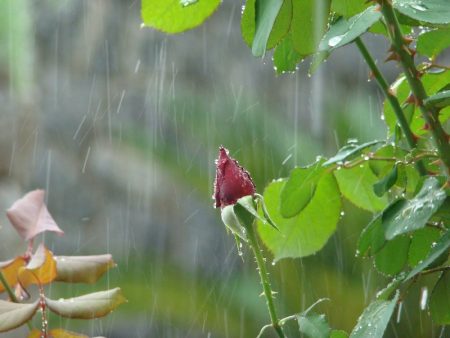
Fungus resistant varieties
Through the efforts of breeders today, many varieties of roses have appeared that are able to withstand fungal infections. Most often these are hybrids of different types of culture.
You can determine the degree of stability of a rose of one sort or another by the leaves: if they are dense, glossy with a slight waxy coating, then this is a stable flower. It's all about wax - it prevents the pathogen from entering the plant.
The best varieties:
- hybrid tea - Eliza, Happy Day, Gand Amor;
- floribunda - Fortune, Cherry Gold, Black Forest;
- scrubs - Postillon, Hercules;
- climbing - New Down, Jasmine, Golden Gate;
- ground cover and miniature roses - Larisa, Topolina, Veg Der Shine.
There are no varieties that are absolutely resistant to disease. Even those varieties that belong to those lose this quality by the fifth year of life. This is due to the ability of infectious agents to adapt to environmental conditions and the flowering organism.
Conclusion
Gray rot is an insidious infection that has the ability to spread lightning fast along the rose garden. If no measures are taken, the disease will “eat” all flowering shrubs in 7-10 days. The development of a pathogen can only be avoided by systematic agrotechnical measures that will prevent not only the appearance of rot, but also other dangerous diseases and harmful insects.


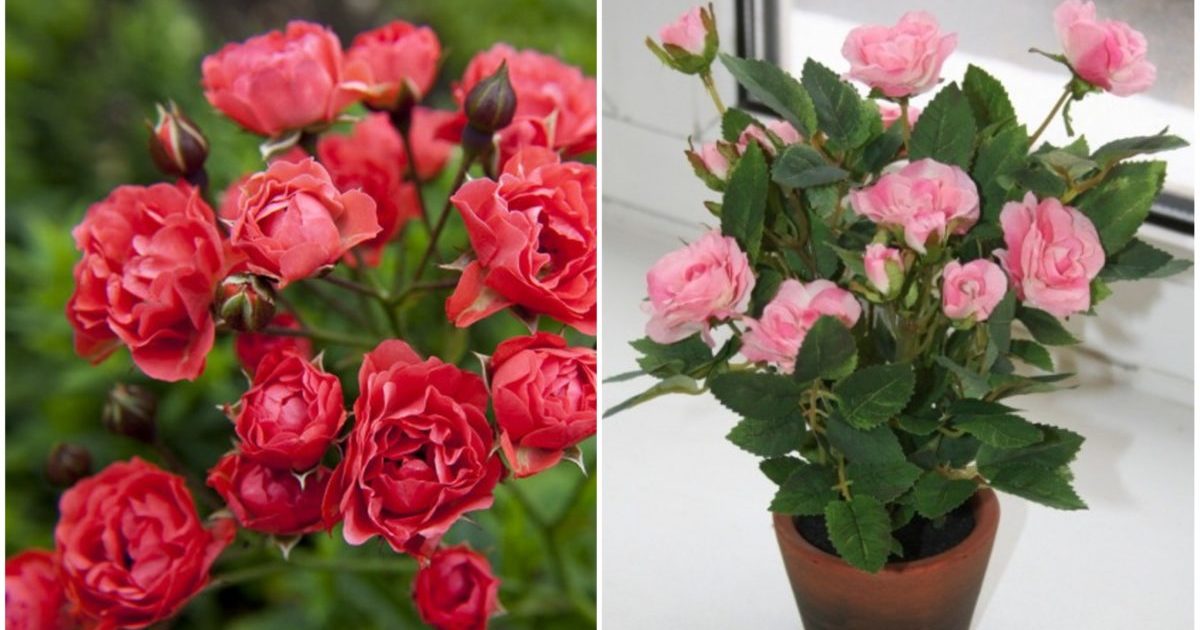
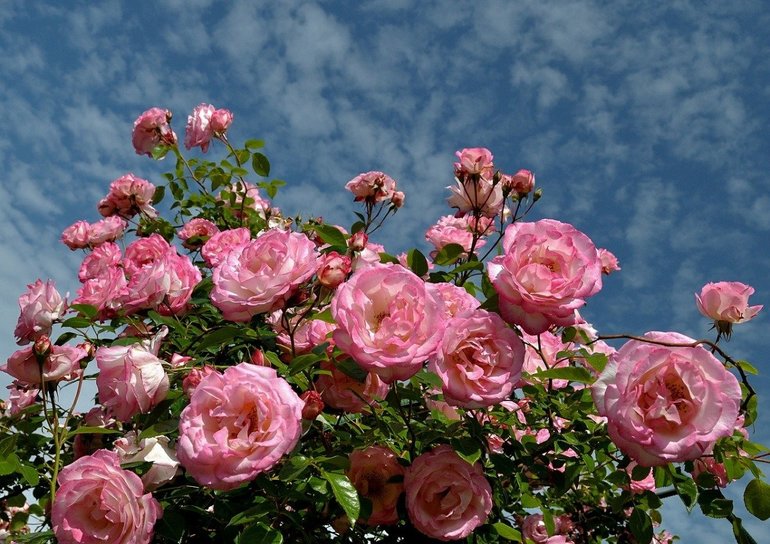
 Shelter of roses for the winter: at what temperature does the robot hold
Shelter of roses for the winter: at what temperature does the robot hold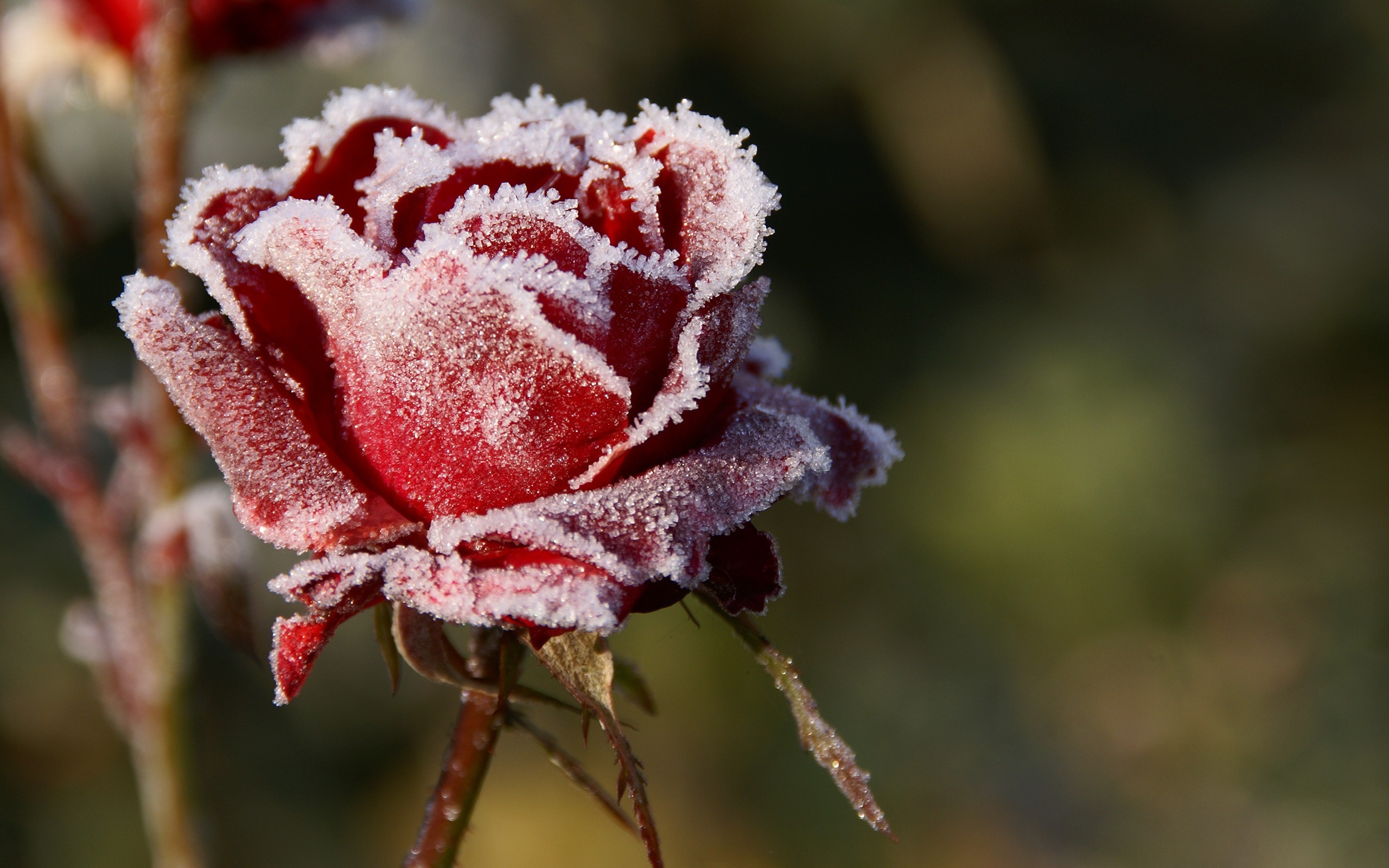 How to prune roses in the fall: timing, pruning rules, pros and cons
How to prune roses in the fall: timing, pruning rules, pros and cons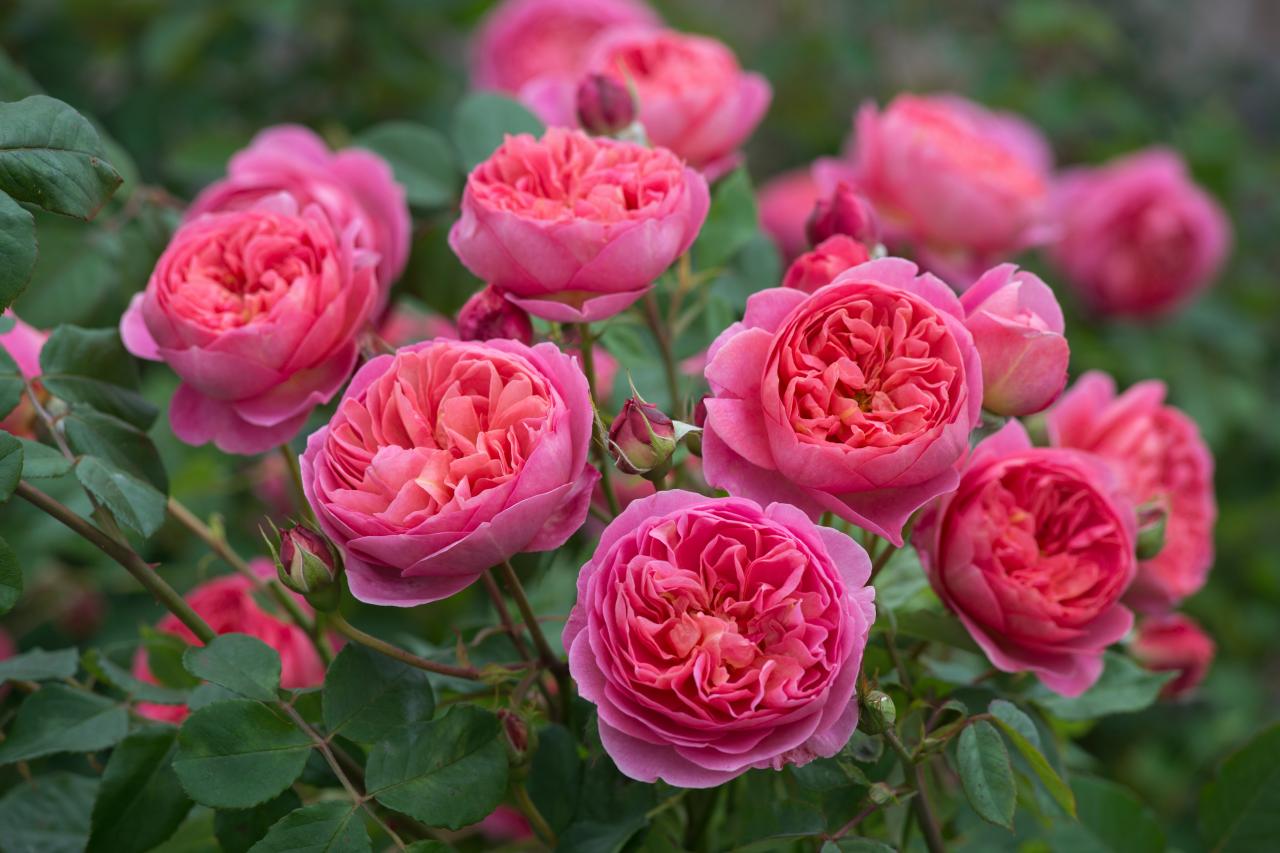 What are the varieties and types of roses
What are the varieties and types of roses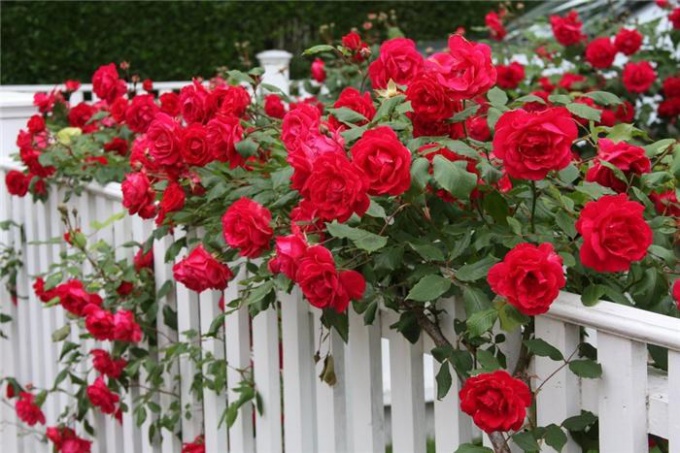 How to process roses with iron sulfate in autumn: proportions, advantages and disadvantages
How to process roses with iron sulfate in autumn: proportions, advantages and disadvantages